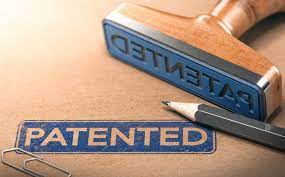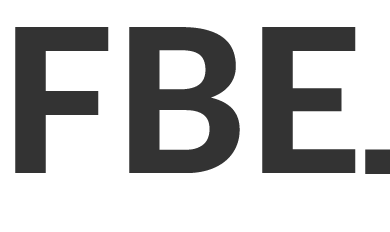 If you’re someone who enjoys spending time in your basement or garage workshop tinkering with spare or discarded parts and putting them together in new and innovative ways, then who knows? You may be the next great inventor in need of a patent.
If you’re someone who enjoys spending time in your basement or garage workshop tinkering with spare or discarded parts and putting them together in new and innovative ways, then who knows? You may be the next great inventor in need of a patent.
The U.S. Patent and Trade Office says you can obtain a patent if you “invent[s] or discover[s] any new and useful process, machine, manufacture, or composition of matter, or any new and useful improvement thereof.” In other words, any new invention you create must meet the following 4-prong test:
- Its subject matter must be patentable.
- It must be a novel invention.
- It must have some usefulness or utility.
- It must not be obvious.
Document, Document, Document
While you seldom have any idea whether you’re going to actually create a patentable machine or object when you first begin tinkering around, do yourself a favor and keep detailed written notes from the git-go. Record the parts you use, how you put them together, any testing you do, any modifications you make, and anything else important to your inventing process. These notes will serve you well if and when you do decide to apply for a patent. It’s also not a bad idea to take photos with your cellphone as you go so you can document your progress and how your invention looks after each step.
Contact a Patent Lawyer
While you can apply for a patent without the help of an intellectual property lawyer experienced in patent applications, you likely will save yourself a lot of time, stress, and headaches by contacting one when your invention is complete. Not only can he or she help you streamline the due diligence process of determining if you indeed have created a patentable machine or device, he or she can also help you conduct a thorough patent search to make sure no substantially similar machine or device already exists.
Provisional or Regular Patent Application?
Your lawyer likewise can help you determine whether you should file a Provisional Patent Application (PPA) or a full-blown Regular Patent Application (RPA) with the USPTO. The advantage of applying for a PPA is that you then get to add the words “patent pending” to any prototypes you build. It also gives you a verifiable date for when you created your invention. The major advantage of obtaining a PPA, however, is that it confers credibility on not only your invention, but also on you as an authentic inventor. You likely also will find it easier to obtain financial backers for your invention when you have a PPA.
Once you have a PPA, however, keep track of the days flying by afterward. You have only one year in which to apply for your RPA. If you miss this filing deadline, you can no longer legally claim your creation date. A patent attorney can assist you with your patent.
